The definition of good manners has evolved over the years. Here’s which outdated practices you can ditch—and what modern etiquette rules you actually need to follow.
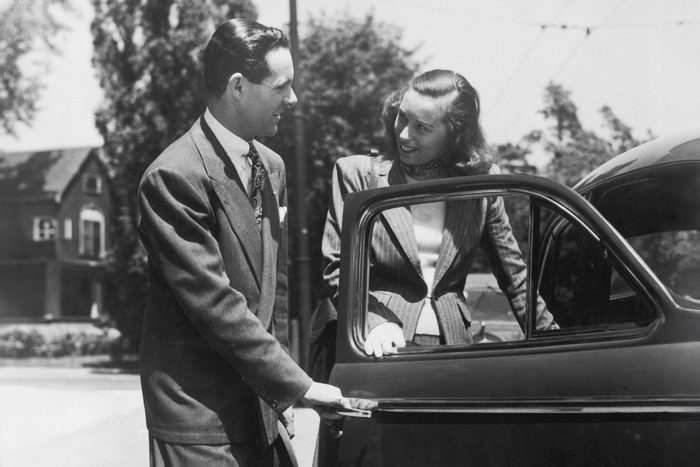
15 Modern Etiquette Rules and How They Differ from the Past

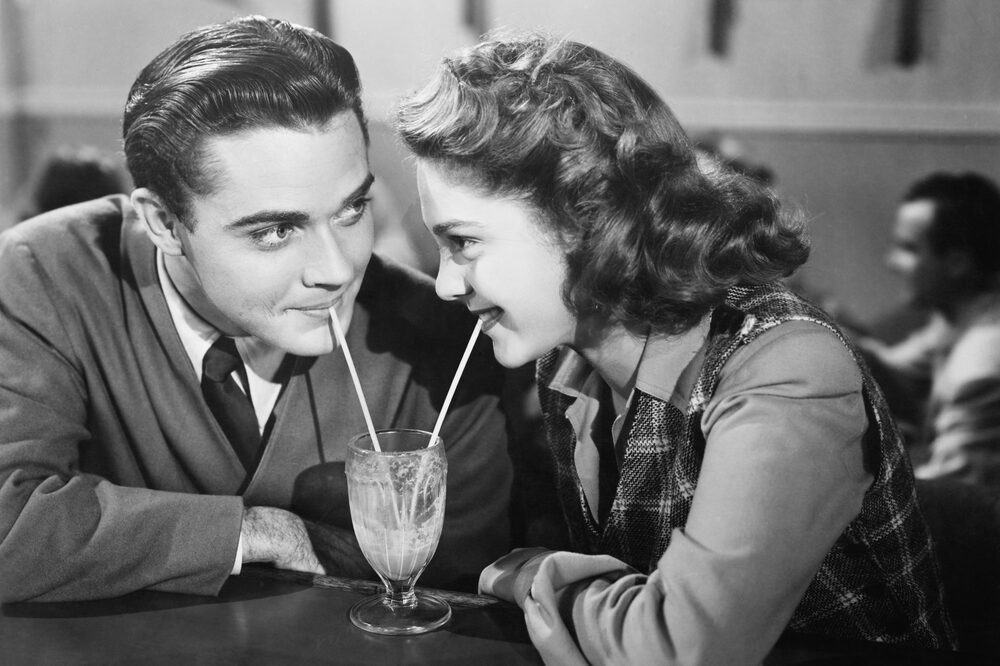
Old rule: Assume your co-worker’s partner is the opposite gender
Even just a few years ago, most people would assume their female co-worker’s spouse was a man or their male friend’s partner was a woman. But now, not only should you not assume marital status—many people don’t like wearing rings or choose not to get married, even though they’re in a long-term relationship—but you shouldn’t assume gender either, says Maryanne Parker, an international business, social and youth etiquette expert and founder of Manor of Manners.
New rule
Use gender-neutral pronouns to refer to someone’s partner until you know what they prefer. In fact, not using he or she in your writing is one of the grammar rules that has changed in the past decade.
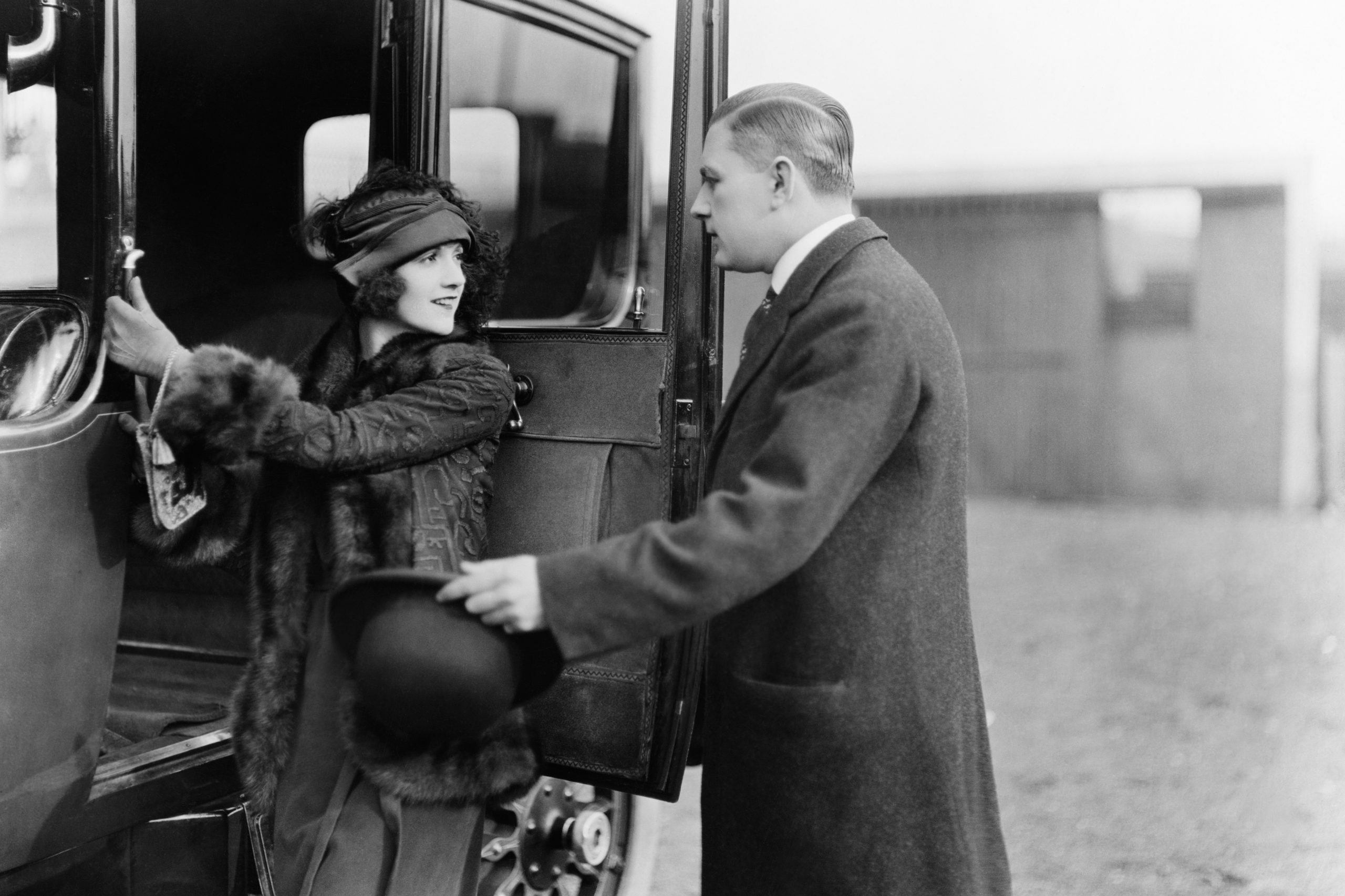
Old rule: Ladies first
No, chivalry is not dead. But the definition of what exactly shows respect to women is changing, Smith says. Things like opening doors and pulling out chairs for women aren’t rude, but they’re not seen as necessary anymore, she says.
New rule
If you’re going to do basic niceties, it’s kind to do these gestures for men and women. And one place you should definitely avoid giving women deferential treatment is at the office. “Nowadays, we are gender-neutral in the workplace,” says Smith.
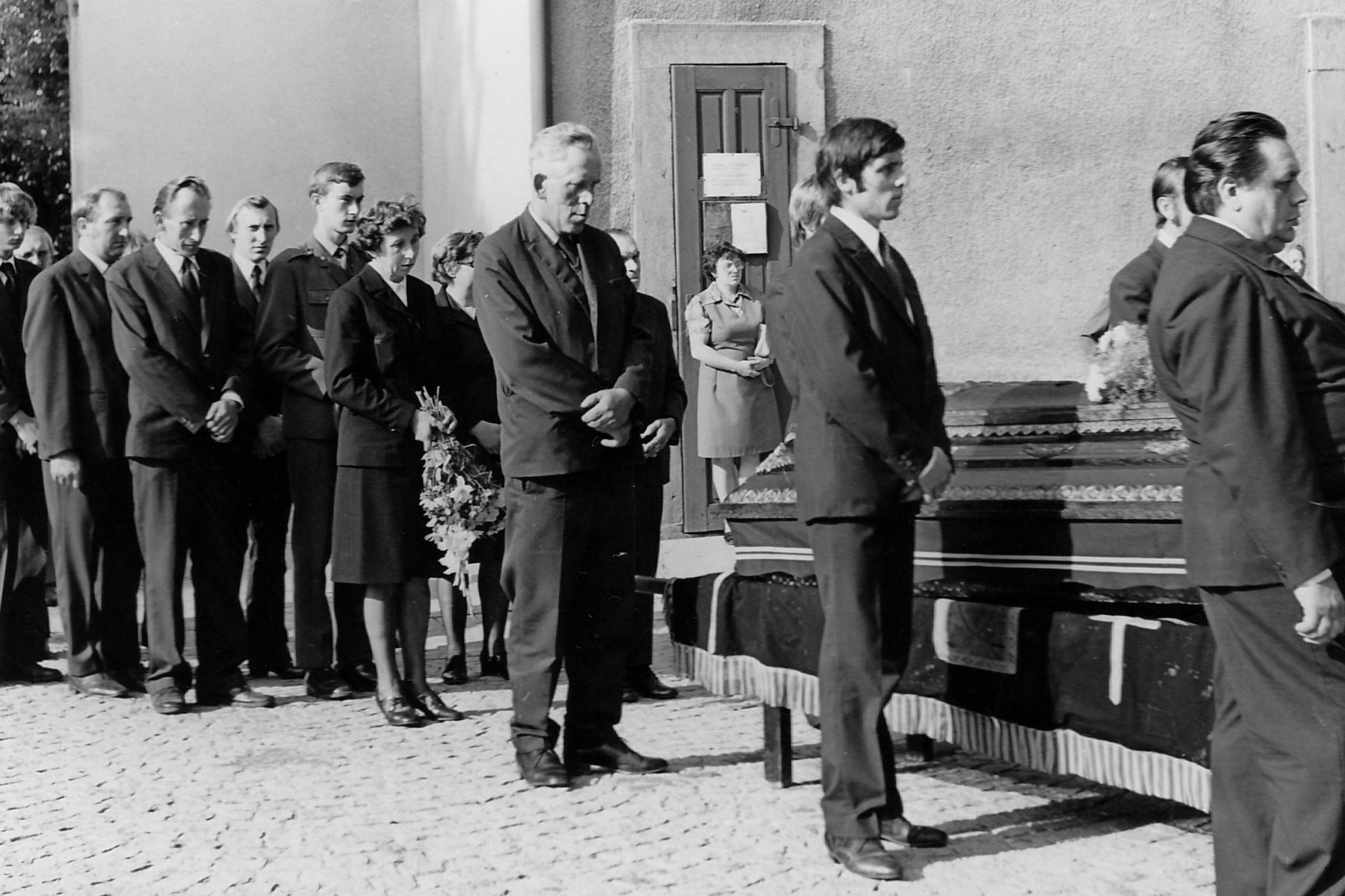
Old rule: Always wear black to a funeral
Most funerals are considered very somber affairs, so the dress code of the past typically reflected that mood. Clothing was usually black, conservative and not revealing. Today, many people consider such a dress code unnecessary—time constraints and lack of formal clothing play a role, but sometimes the grieving simply prefer to see a funeral as a celebration of a person’s life rather than a sad event, Parker says.
New rule
It’s not wrong to wear black, but feel free to wear anything that is nice and appropriate for the person you are honoring, as modern funeral etiquette has become more flexible.
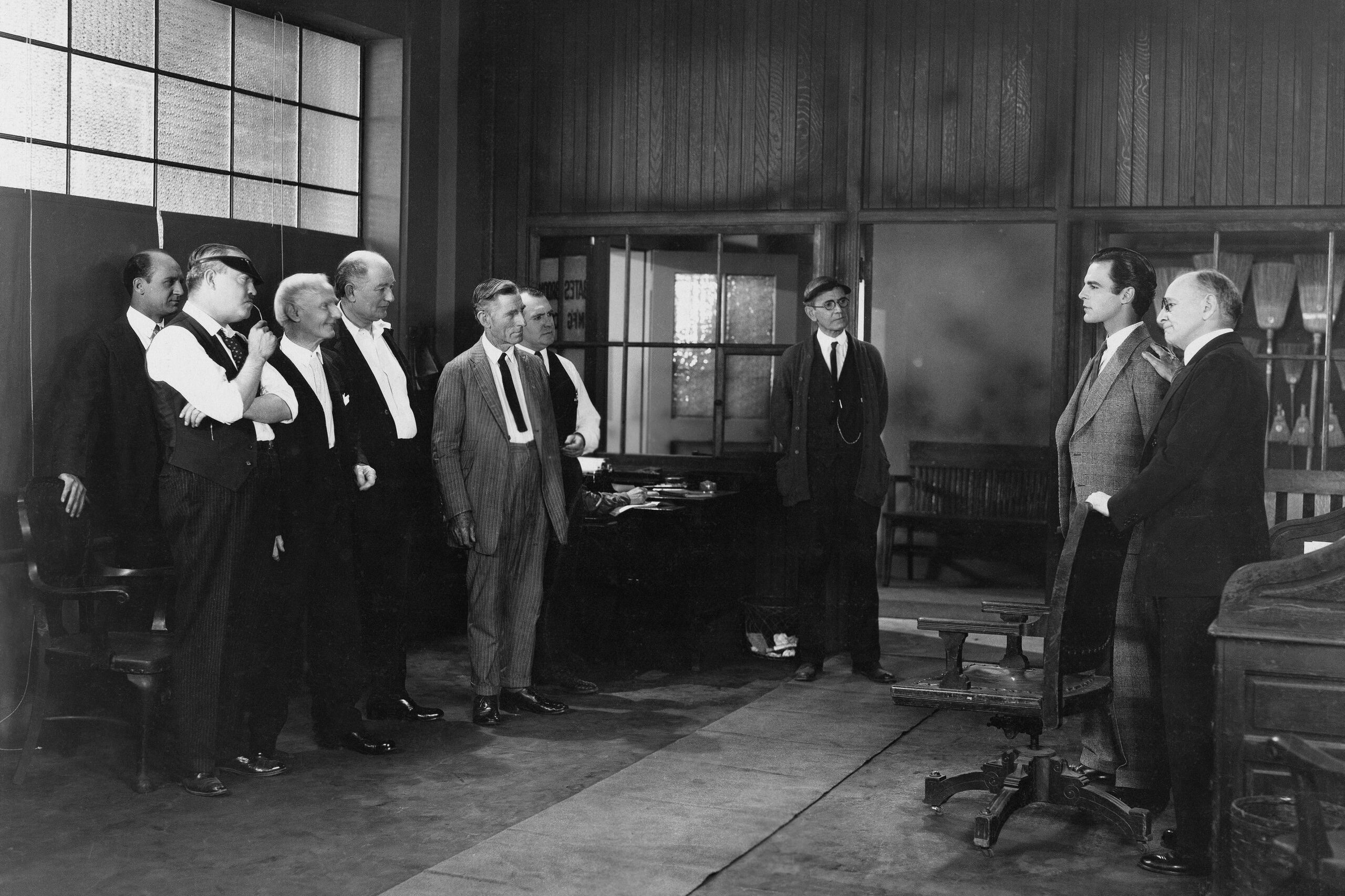
Old rule: Wait for a formal introduction
Not too long ago, if you wanted face time with a corporate bigwig, you’d need to wait for a mutual acquaintance to introduce you. This was a tactic commonly used in situations like business or membership in elite clubs. It was a way to restrict members and discriminate based on race or gender, a practice that, thankfully, is no longer acceptable today, says Jodi R.R. Smith, president of Mannersmith Etiquette Consulting.
New rule
“Self-introductions are now perfectly polite,” she says. In fact, thinking you always need to wait for someone else to introduce you is one of the signs you are actually too polite.
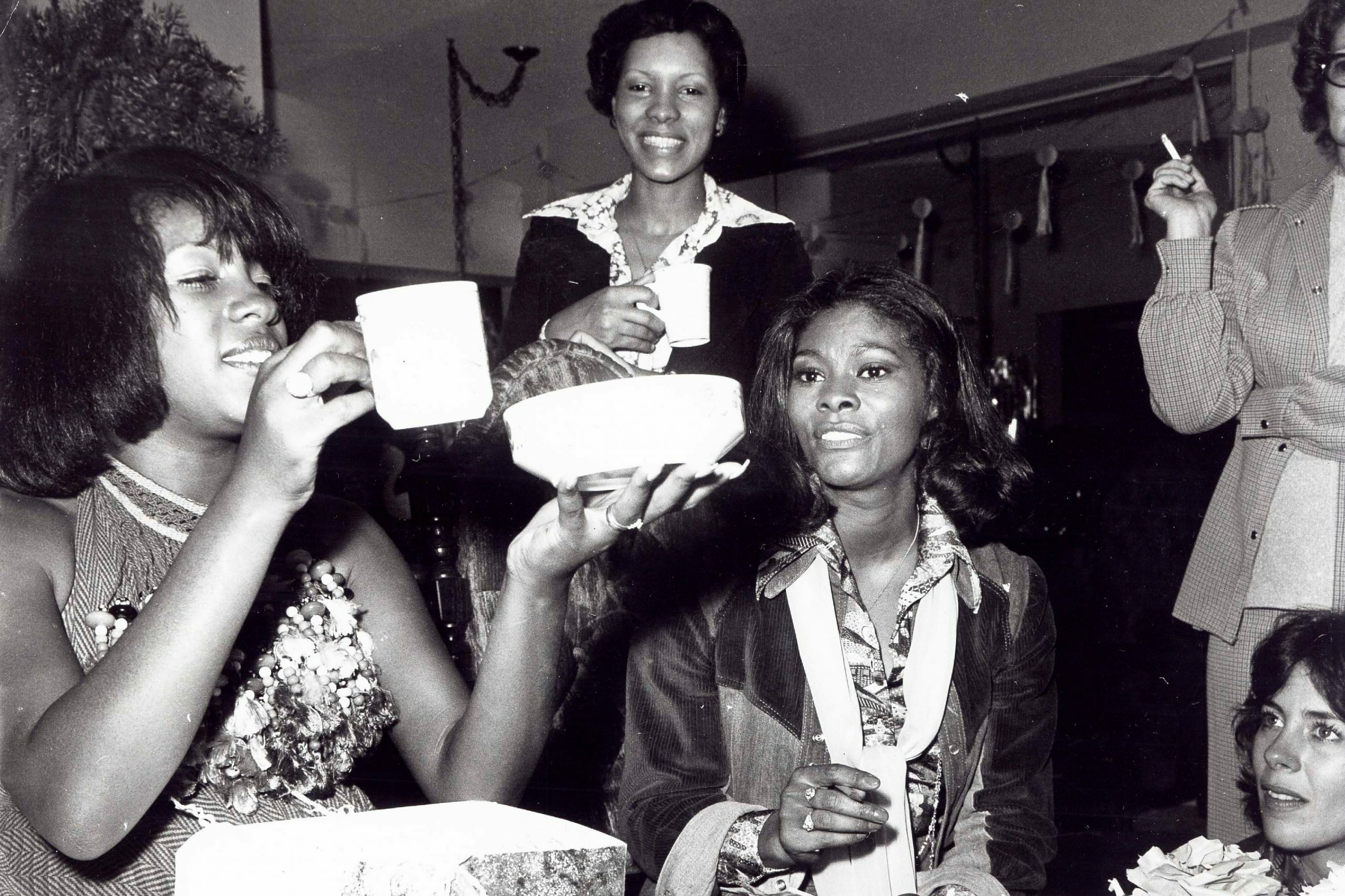
Old rule: Baby showers are strictly for women
“Even just 10 years ago, baby showers were strictly considered a lady’s celebration, for women to share experiences, games and memories together,” Parker says. Yup, past baby shower etiquette dictated that even the father needed to sit this party out.
New rule
Invite anyone who is going to be a part of the baby’s life to the shower, regardless of gender. More men are attending baby showers these days—and they should. The change is a sign that guys are taking a more active role in parenting their children than dads did in the past, Parker explains.
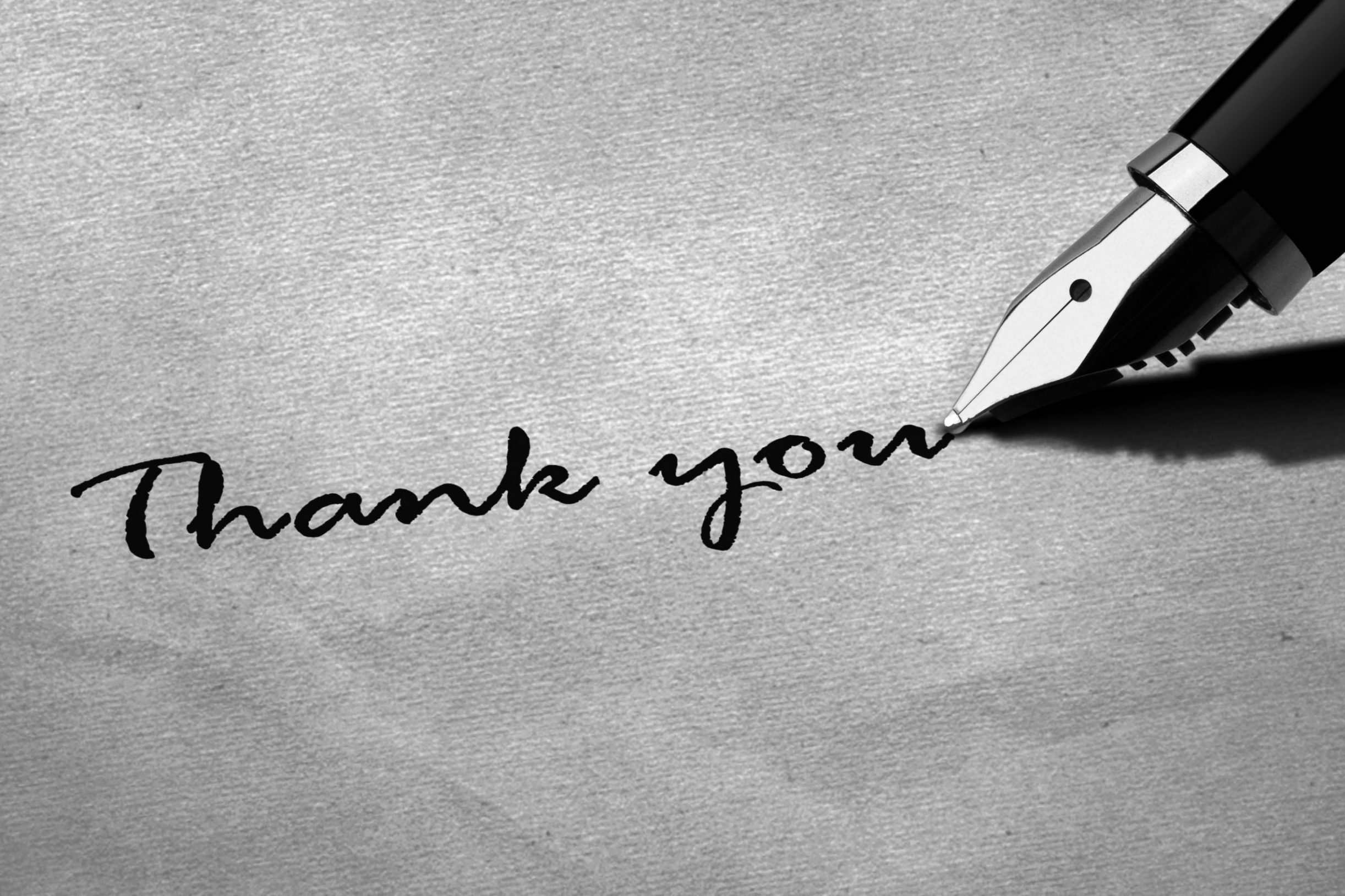
Old rule: A thank-you note must be handwritten
Handwritten thank-you notes are a lovely gesture, and people often treasure and keep them. In years past, you’d be committing a faux pas if you emailed or (the horror!) texted a thank-you instead.
New rule
For a quick thank-you, an email or text message is perfectly fine. Let’s face it: Taking the time to find a card, write it out and mail it can be tricky, and the act of saying thank you is far more important than how you do it, Smith says. However, if you’re acknowledging something big, a handwritten note is worth the extra steps.
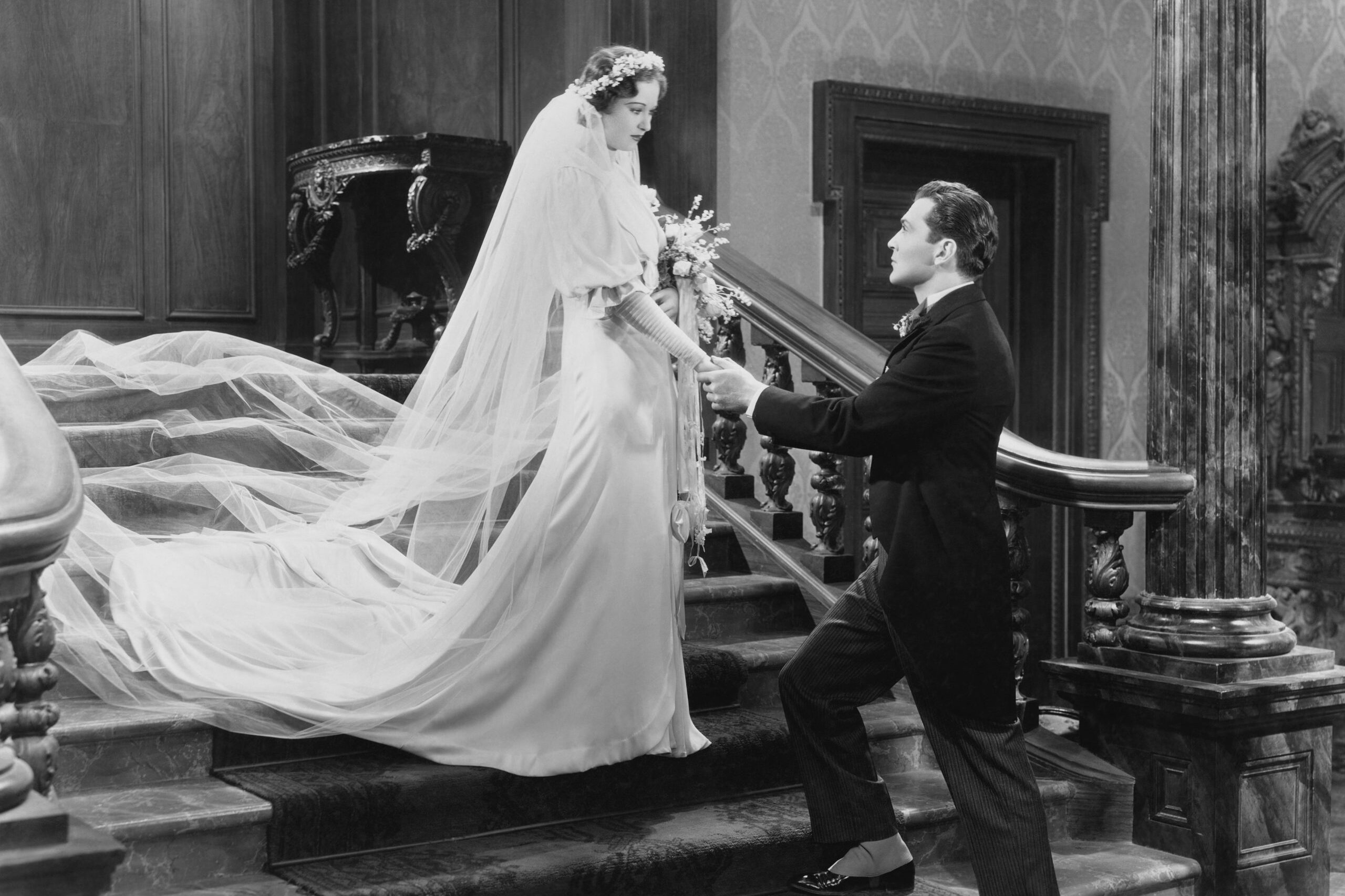
Old rule: The bride’s family pays for the wedding
There’s a long history of a bride’s family paying for the wedding—the venue, the meal, the cake, you name it. The practice originated from an even older wedding tradition: The bride’s family once gave a dowry to the groom’s.
New rule
The Great Recession demolished a few long-lived wedding customs, making room for modern etiquette rules that loosen the reins on tradition. Today, the couple is in charge of financing their nuptials, although they are welcome to ask either family for financial help. “Most new couples prefer to put in effort and save from their own money and enjoy the wedding the way they want to,” Parker explains.
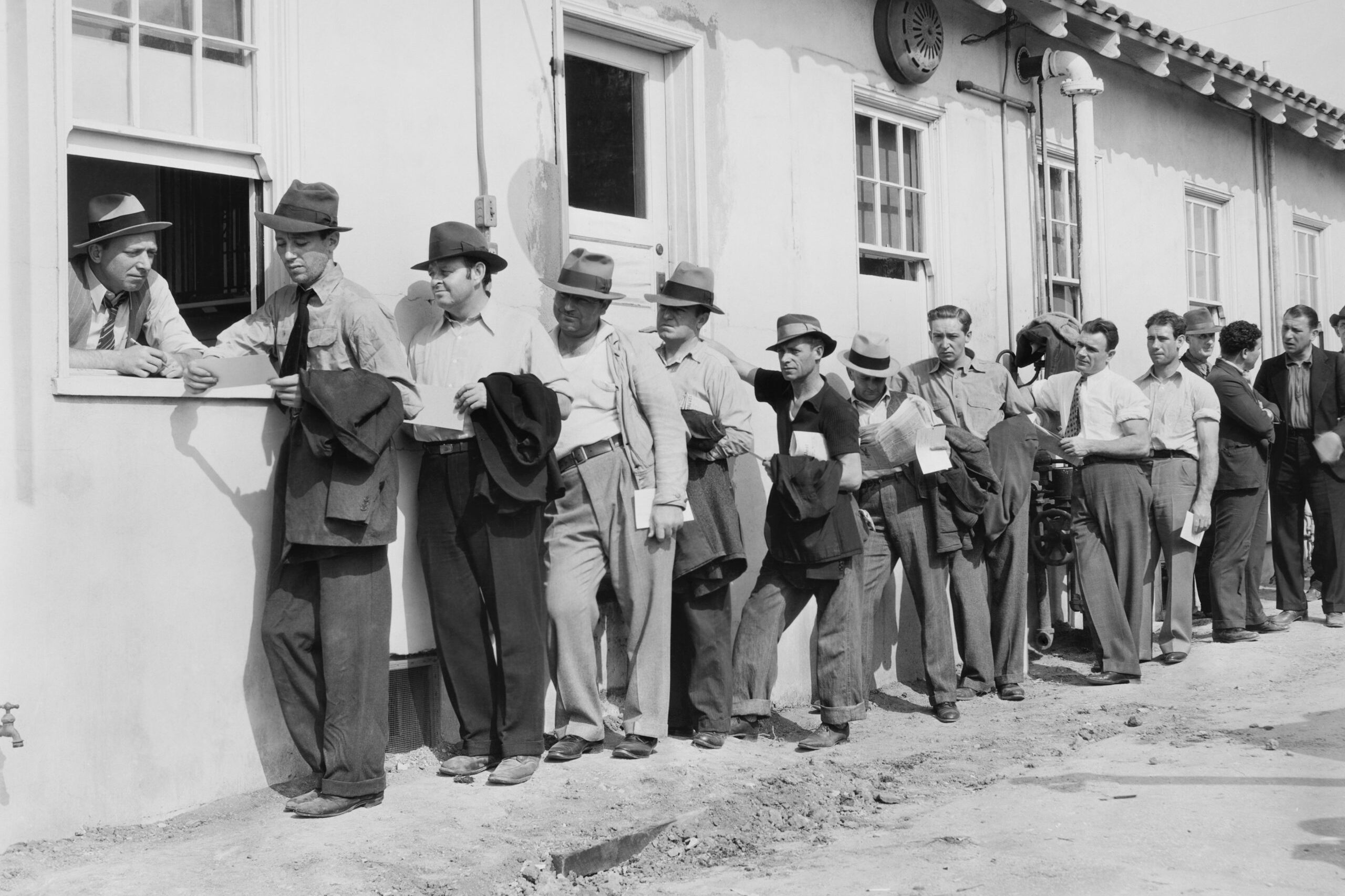
Old rule: Business casual means slacks and a pressed shirt
Back in the days, you’d be laughed (or shouted) out of the office if you showed up in jeans and a T-shirt. For decades, business etiquette dictated that men wear collared shirts (sans wrinkles, of course!) and slacks. Women stuck to dresses, naturally. Even just a decade ago, most companies expected workers to show up in crisp button-downs and slacks.
New rule
Standards vary between industries and companies, but compared with a decade ago, things are significantly more casual—think jeans and a plaid shirt or linen pants and a nice T-shirt. “Today’s young adults prefer to be dressed casually everywhere, including at work,” Grotts says. “So many companies are embracing a dressed-down culture.”
Working from home has just furthered the trend toward casual wear. “However, there is still such a thing as too casual, so steer clear of things like ripped jeans or sports jerseys,” she explains.
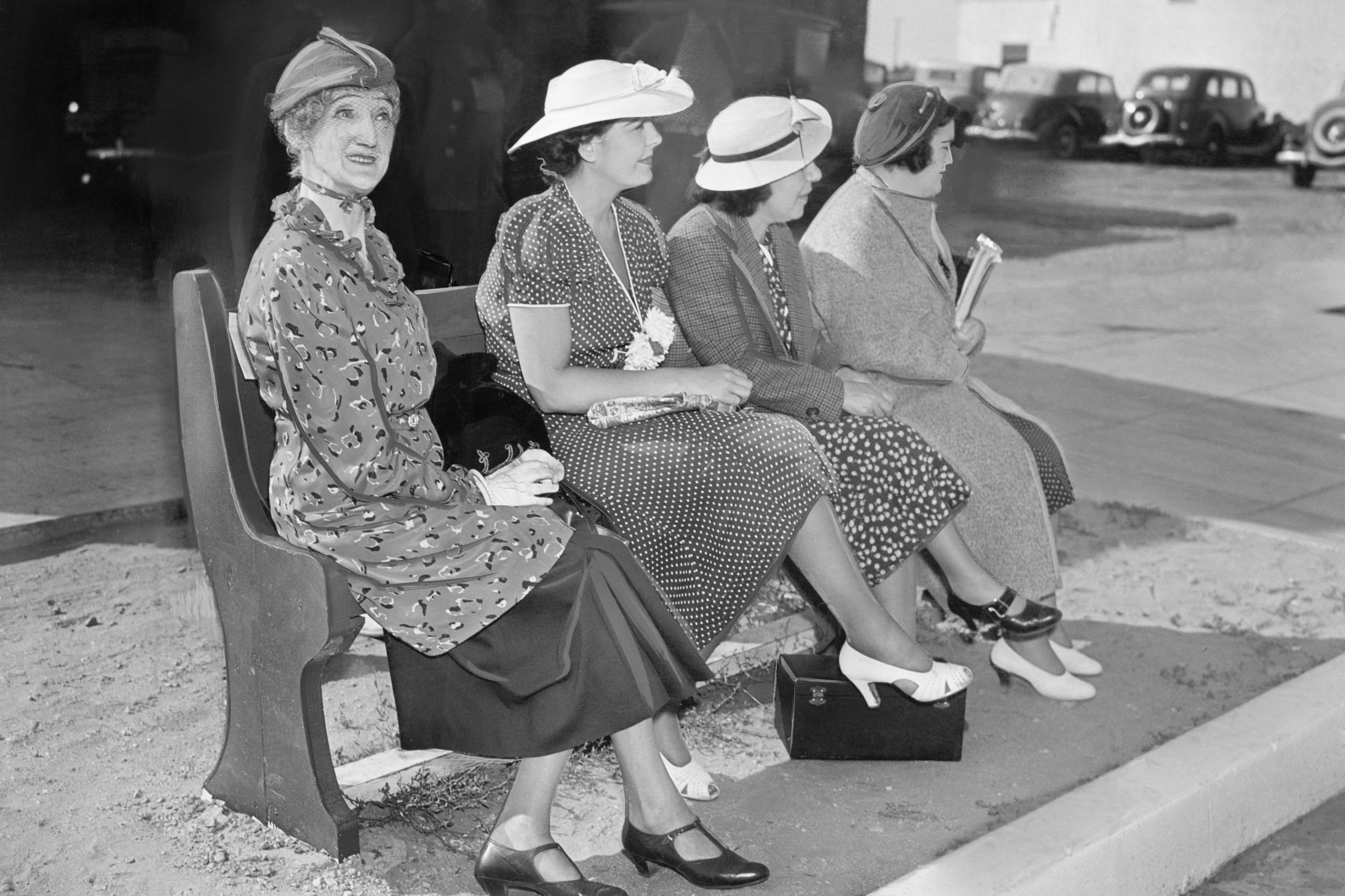
Old rule: Hands in your lap, ladies
Women used to be expected to keep their hands in their laps or under the table during a meal, Parker says. “Before, this was seen as an elegant but rather submissive gesture, which is no longer applicable because most of the time we attend business meetings and women of today are equal partners in any conversation,” she says.
New rule
Everyone’s hands should be on top of the table, she says. But elbows off the table! According to modern etiquette rules, that’s still a no-no.
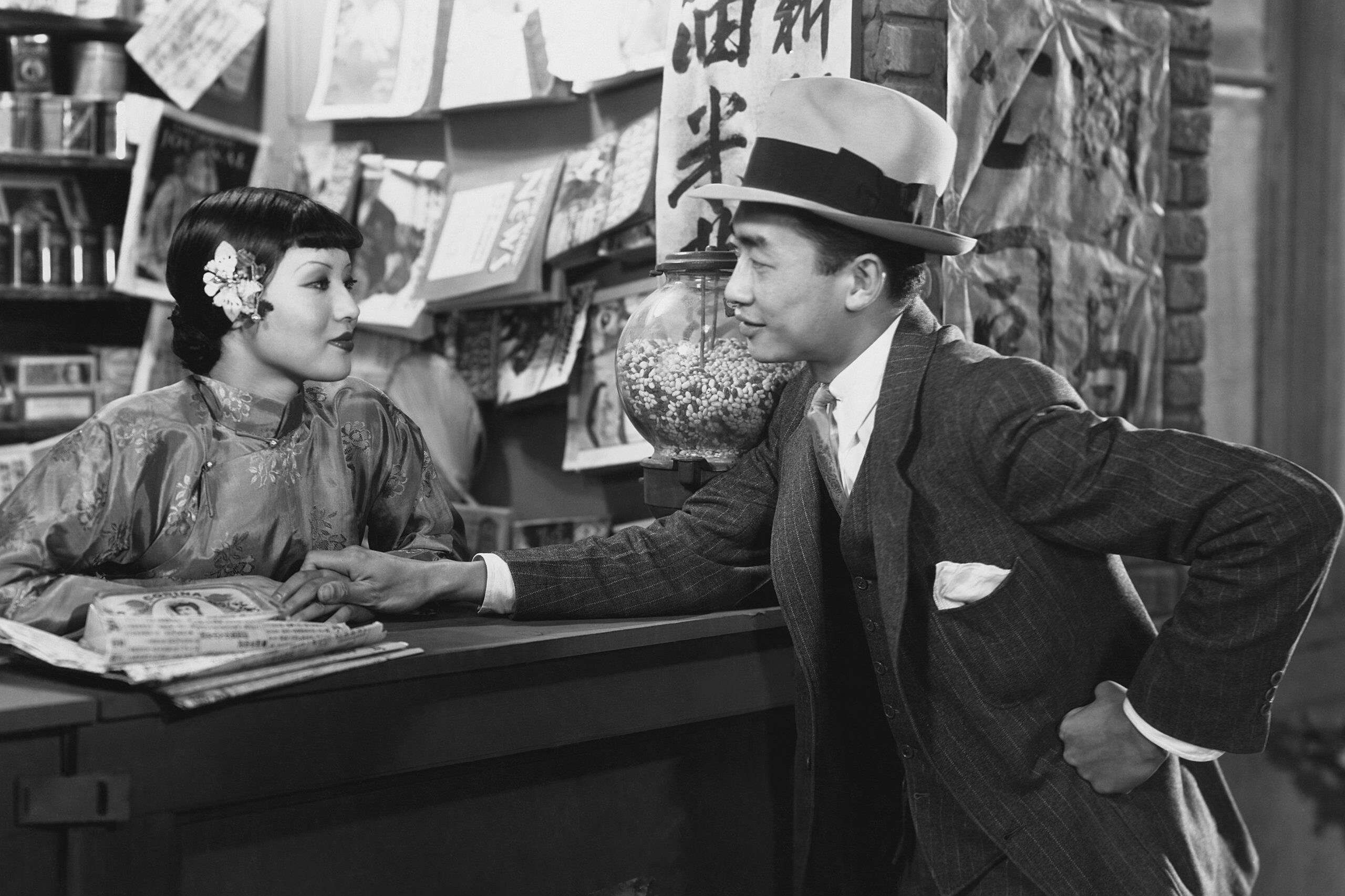
Old rule: Elopements aren’t real weddings
Back in the day, eloping to get married was often seen as shameful, fringe or the result of too much alcohol. But then the Great Recession happened, and it changed a lot of people’s feelings about extravagant parties of any sort, Parker says.
New rule
Today, elopement is a perfectly reasonable alternative to a traditional wedding and is often encouraged, she says, adding that most often the reasons for eloping are financial.
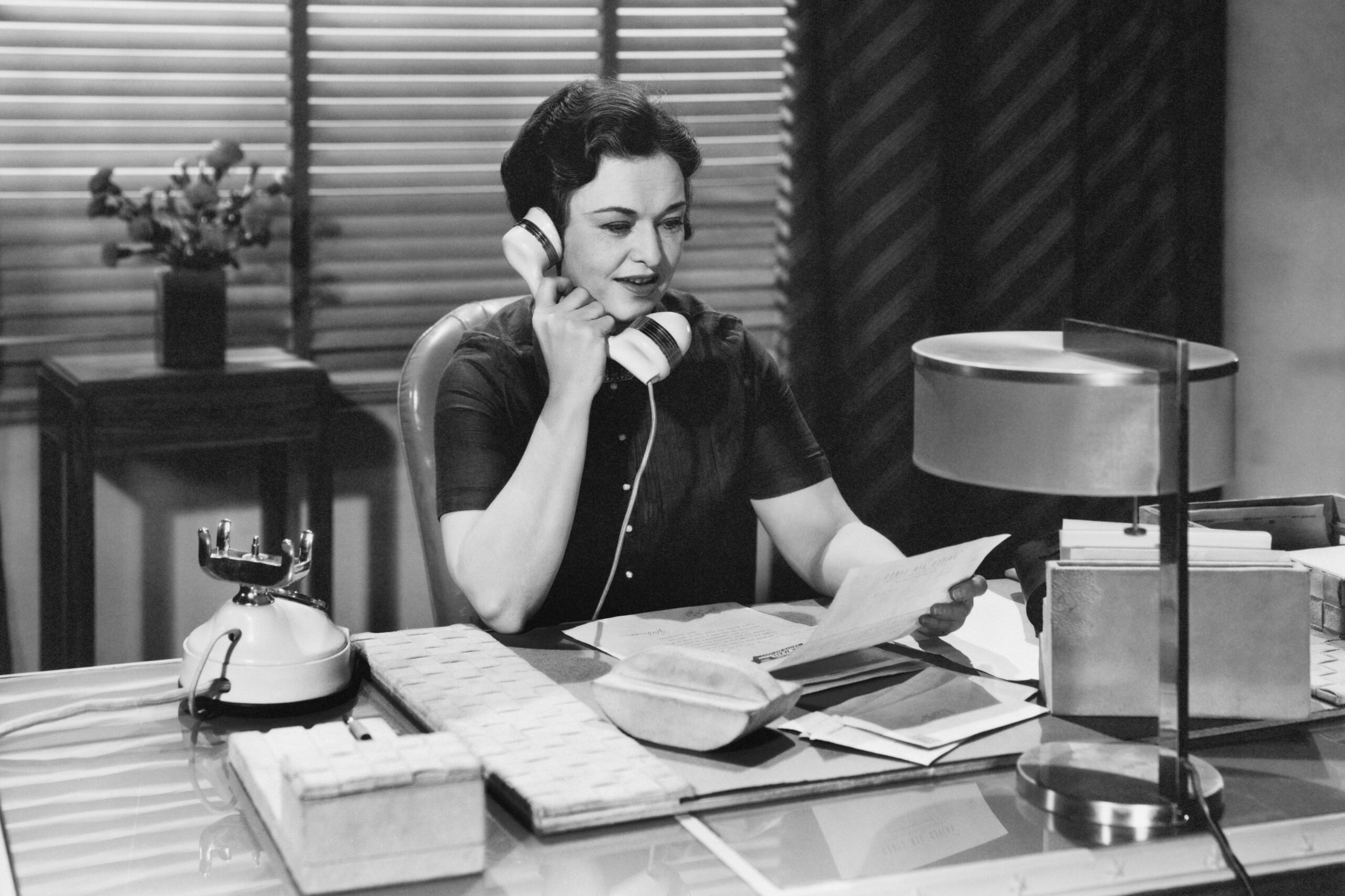
Old rule: Return a phone call with a phone call
A decade ago, it would’ve been a social faux pas to delay returning a phone call. Prevailing etiquette rules meant you were expected to ring the caller back as soon as you were able.
New rule
Nowadays, it’s very common for people to text rather than call back, Grotts says. In fact, the younger generation is more likely to screen your call than return it.
While texting a response isn’t ideal—you lose a lot of context and risk a serious misunderstanding without voice—it’s not a total misstep, especially if you’re sticking to modern texting etiquette. That said, if it’s an important call, the best policy is always to call back, Grotts adds.
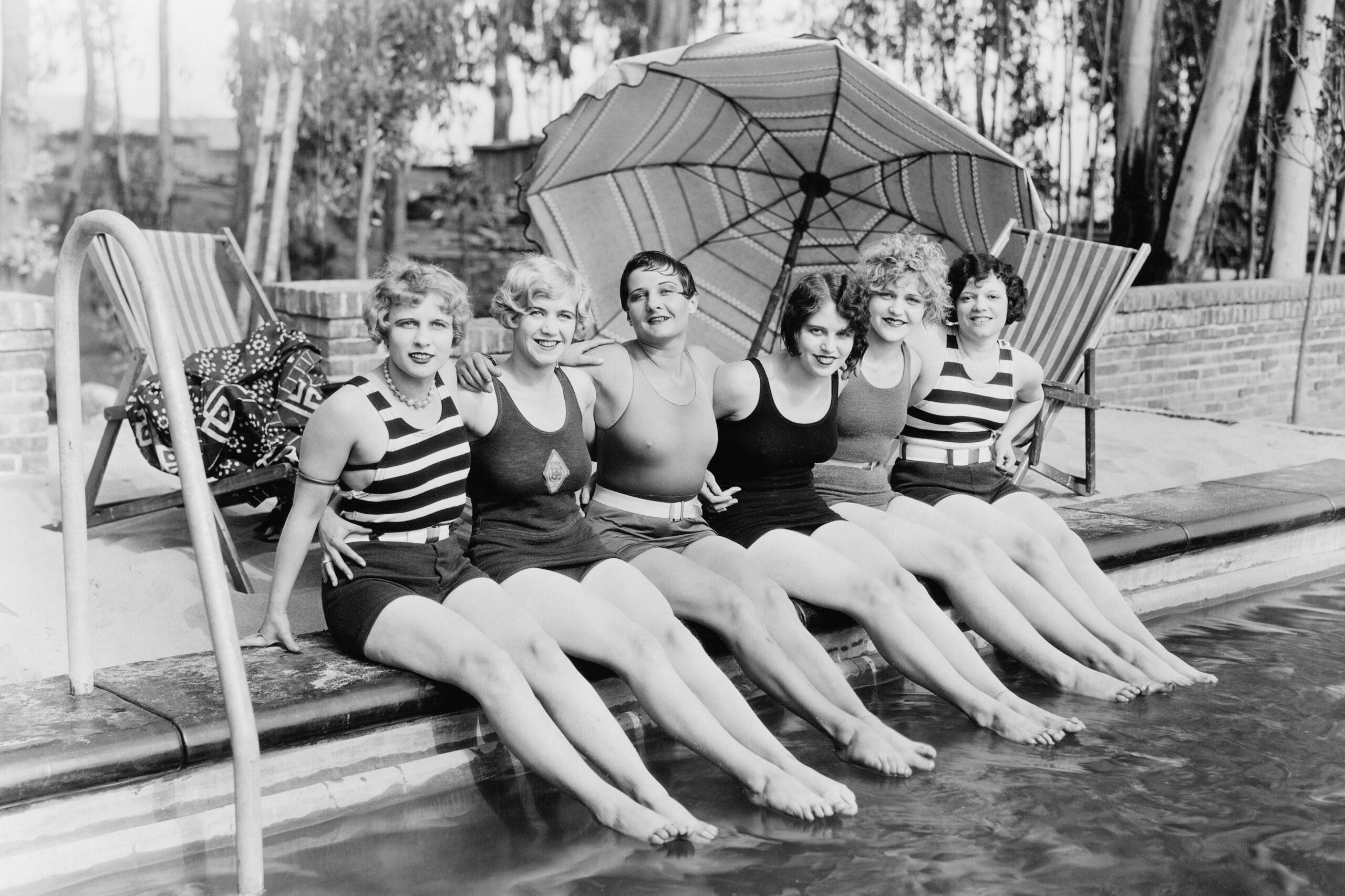
Old rule: If it’s not on social media, it didn’t happen
A decade ago, smartphones and social media were still relatively novel to a lot of people, and there weren’t a lot of etiquette rules, says Tara Darby Rasheta, director of program development at JDW Cotillions. Taking a picture of your meal or tagging yourself and your friends immediately at an event was seen as expected or even cute.
New rule
It happened, whether you post it to Instagram or not. So put the phone down at social gatherings. “We should never use a phone at the table for talking, texting, updating social media or general web surfing,” she says. Social media etiquette has evolved, and one of the must-follow modern etiquette rules is to always ask permission before posting about or tagging a friend.
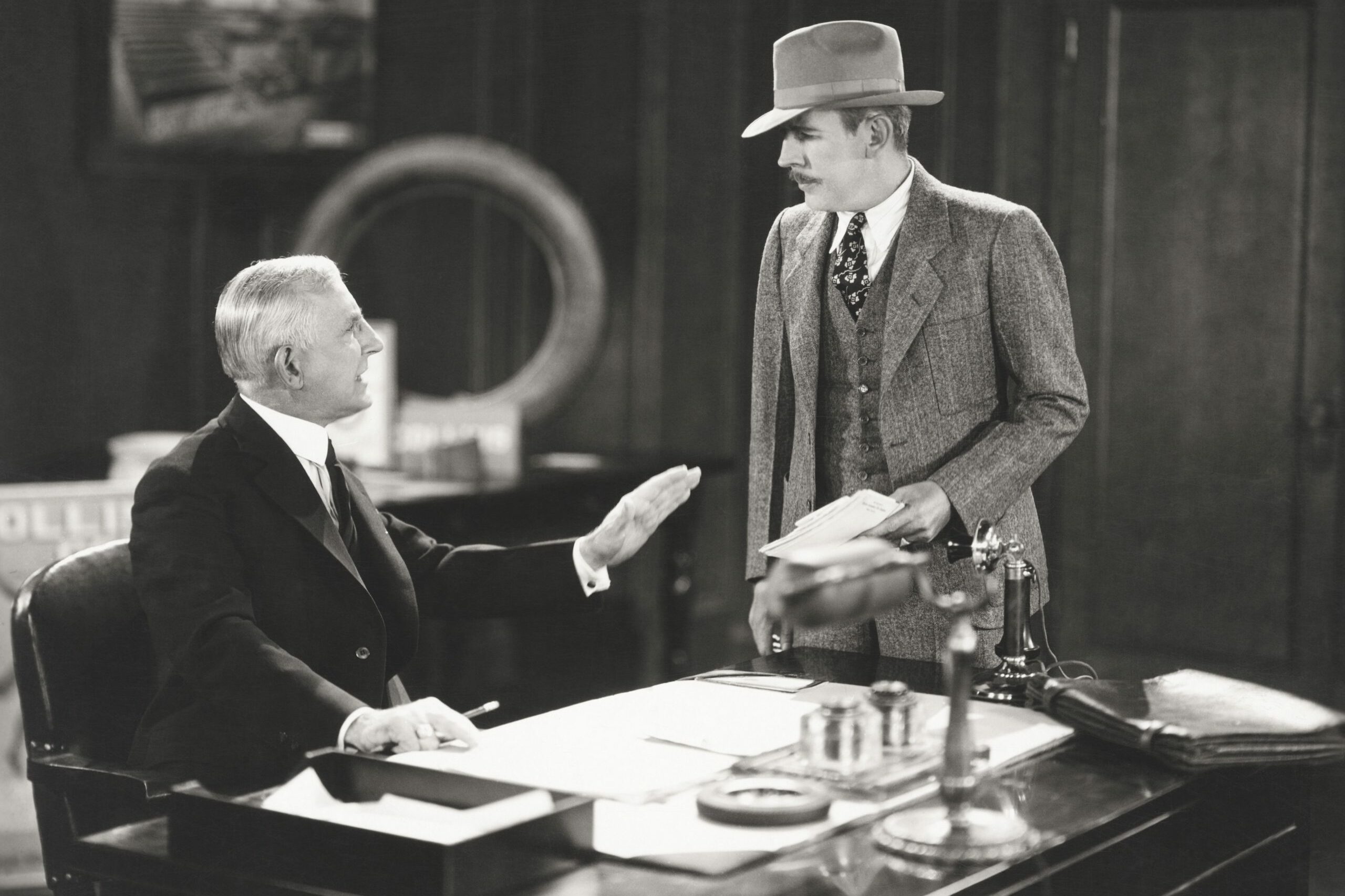
Old rule: You must always use a prefix when addressing a superior
Even though America has traditionally been less formal with titles than many other places, it was still considered good manners to address people, particularly those in a higher position, as Mr./Ms. or Sir/Ma’am.
New rule
“General codes of conduct do not require such formality in most situations anymore,” Rasheta says. “Still, I think it is a nice, verbal way to show kindness, courtesy and respect to others.” However, if someone asks you to address them by their first name, then honor their request. And if these old-fashioned pleasantries seem a little too stiff for your style, don’t sweat it.
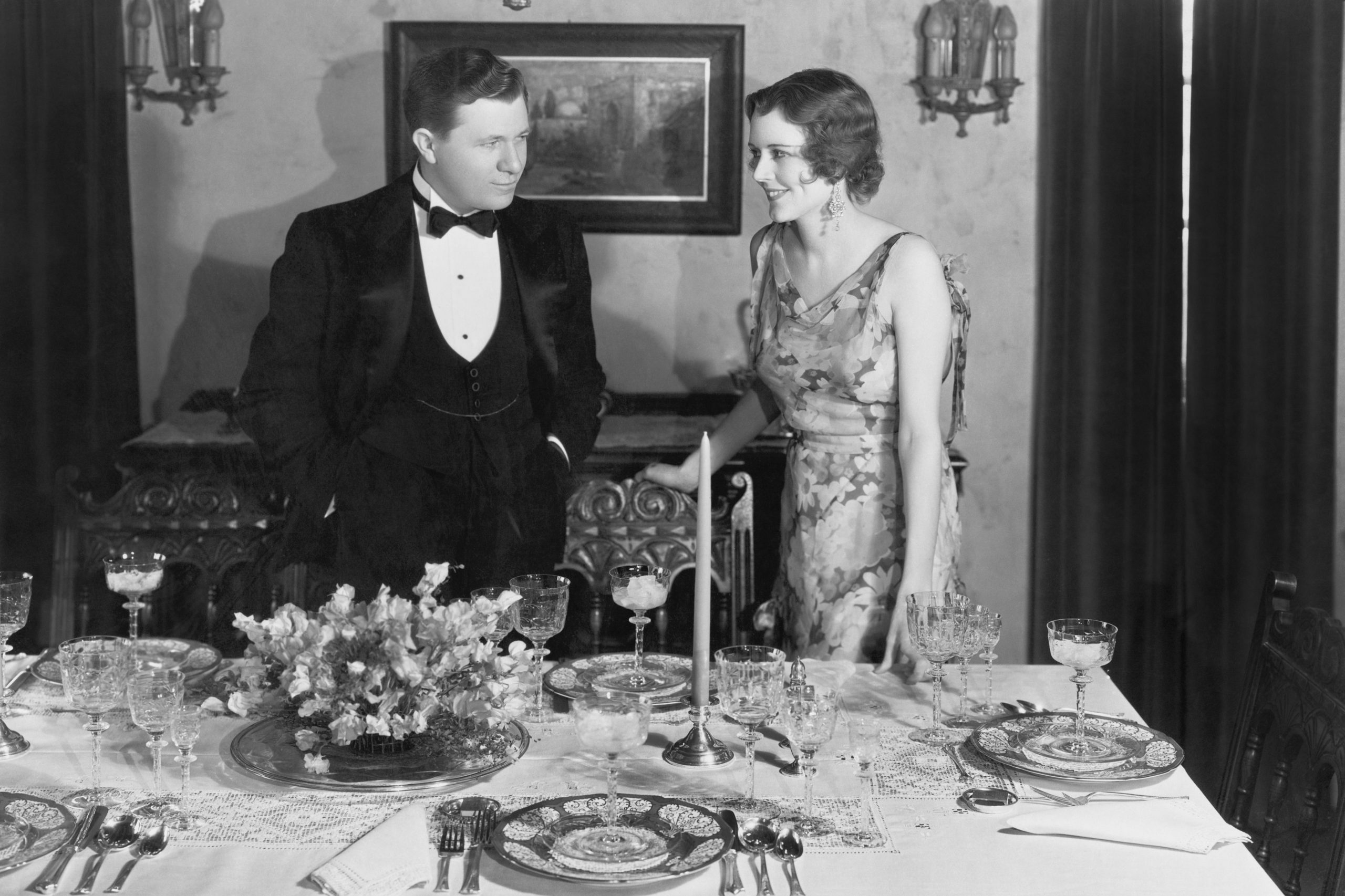
Old rule: A man should stand when a woman joins his table
Traditionally, all the men in a party would stand when a woman entered the room, until she was seated; it was seen as a sign of respect and chivalry. But there’s been a huge cultural shift in the past decade about how we treat the sexes, especially at work, Rasheta says.
New rule
It’s fine to keep your seat and acknowledge a woman the same way you would a man. “Though this is generally seen as a gesture of respect, many women today prefer to be viewed as peers and equals first, rather than simply female,” she explains.
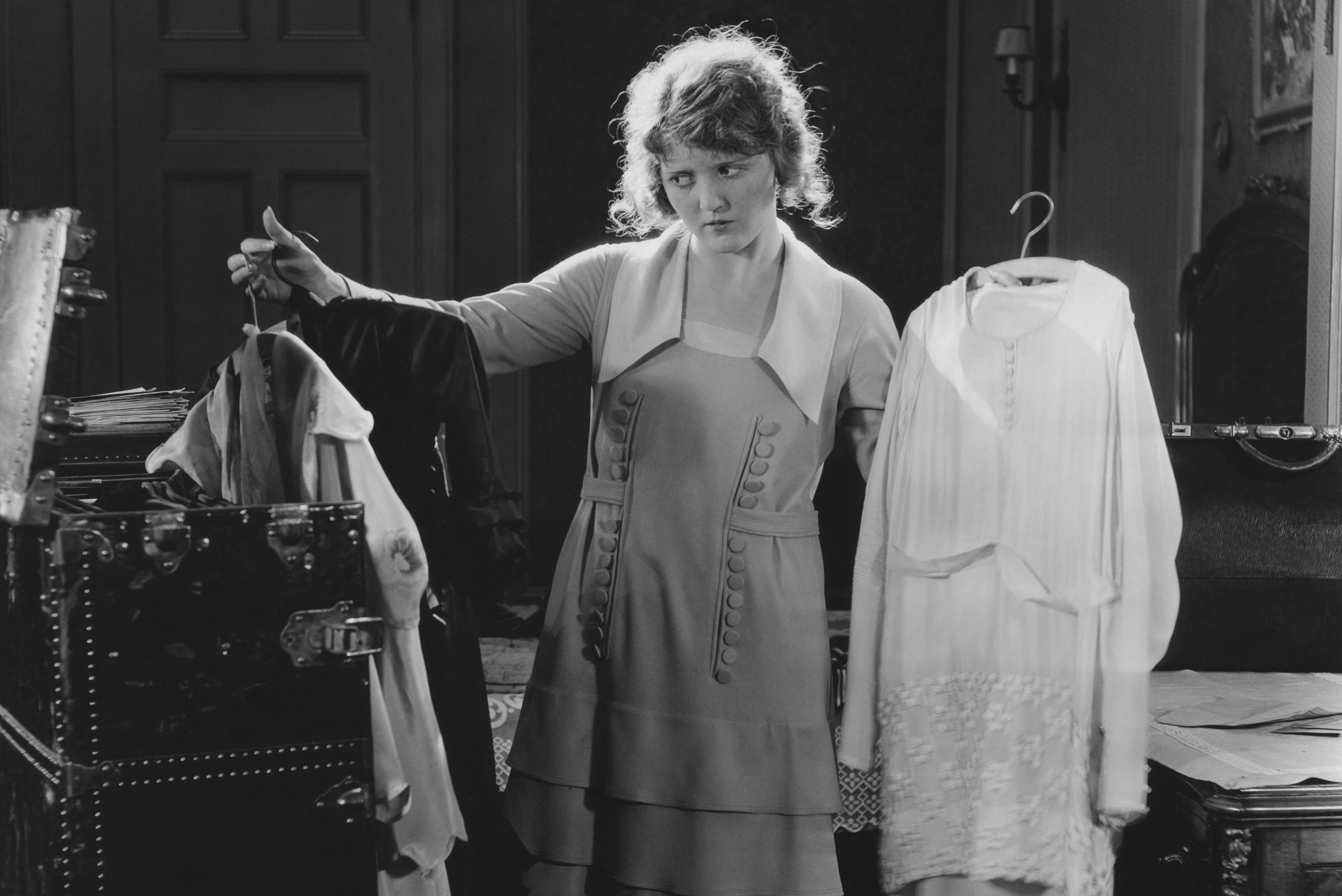
Old rule: Put away your florals and bright plaids after summer
The old “no white after Labor Day” rule has been retired now for years, but even a decade or two ago, many fashion experts were still advising people to switch to darker colors or more subdued patterns for winter, Parker says. For instance, women were told not to wear brightly colored florals, and men were advised to avoid madras plaids.
New rule
As long as your clothing is appropriate for the weather, wear whatever colors and patterns you like, she says. “Depending on your climate, the fabric is the one thing that should be changed, not the color,” she adds.
FAQs
Why is etiquette important?
Etiquette is important in a world where casualness is often the norm. It can still provide some structural guidance on how we move through relationships and interactions with grace, making it a viable tool for living intentionally and purposefully. At the end of the day, etiquette exists to foster good relationships and create a more polite, accepting and harmonious way of living together.
What are the basic principles of etiquette?
The basic principles of etiquette are respect, consideration and honesty, and they’re the foundation for our interactions with others. Want better manners? Treat others as you would like to be treated, engage in acts of kindness, acknowledge others’ boundaries and communicate thoughtfully.
Do modern etiquette rules still give respect to others?
While protocols may have shifted, at their core, modern etiquette rules are about taking others’ feelings into consideration and showing empathy to your fellow human. Practicing little rules of etiquette can make a big difference in how we interact with others.
About the experts
|
Why trust us
Reader’s Digest has published hundreds of etiquette stories that help readers navigate communication in a changing world. We regularly cover topics such as the best messages to send for any occasion, polite habits that aren’t as polite as they seem, email and texting etiquette, business etiquette, tipping etiquette, travel etiquette and more. We’re committed to producing high-quality content by writers with expertise and experience in their field in consultation with relevant, qualified experts. We rely on reputable primary sources, including government and professional organizations and academic institutions as well as our writers’ personal experiences where appropriate. We verify all facts and data, back them with credible sourcing and revisit them over time to ensure they remain accurate and up to date. For this piece on modern etiquette rules, Charlotte Hilton Andersen tapped her experience as a longtime journalist who specializes in etiquette and communication for Reader’s Digest. Read more about our team, our contributors and our editorial policies.
Sources:
- Lisa Grotts, etiquette consultant, founder of Golden Rules Gal and author of A Traveler’s Passport to Etiquette
- Maryanne Parker, etiquette expert and founder of Manor of Manners
- Jodi R.R. Smith, etiquette consultant and president of Mannersmith
- Tara Darby Rasheta, instructor and director of program development for JDW Cotillions



















